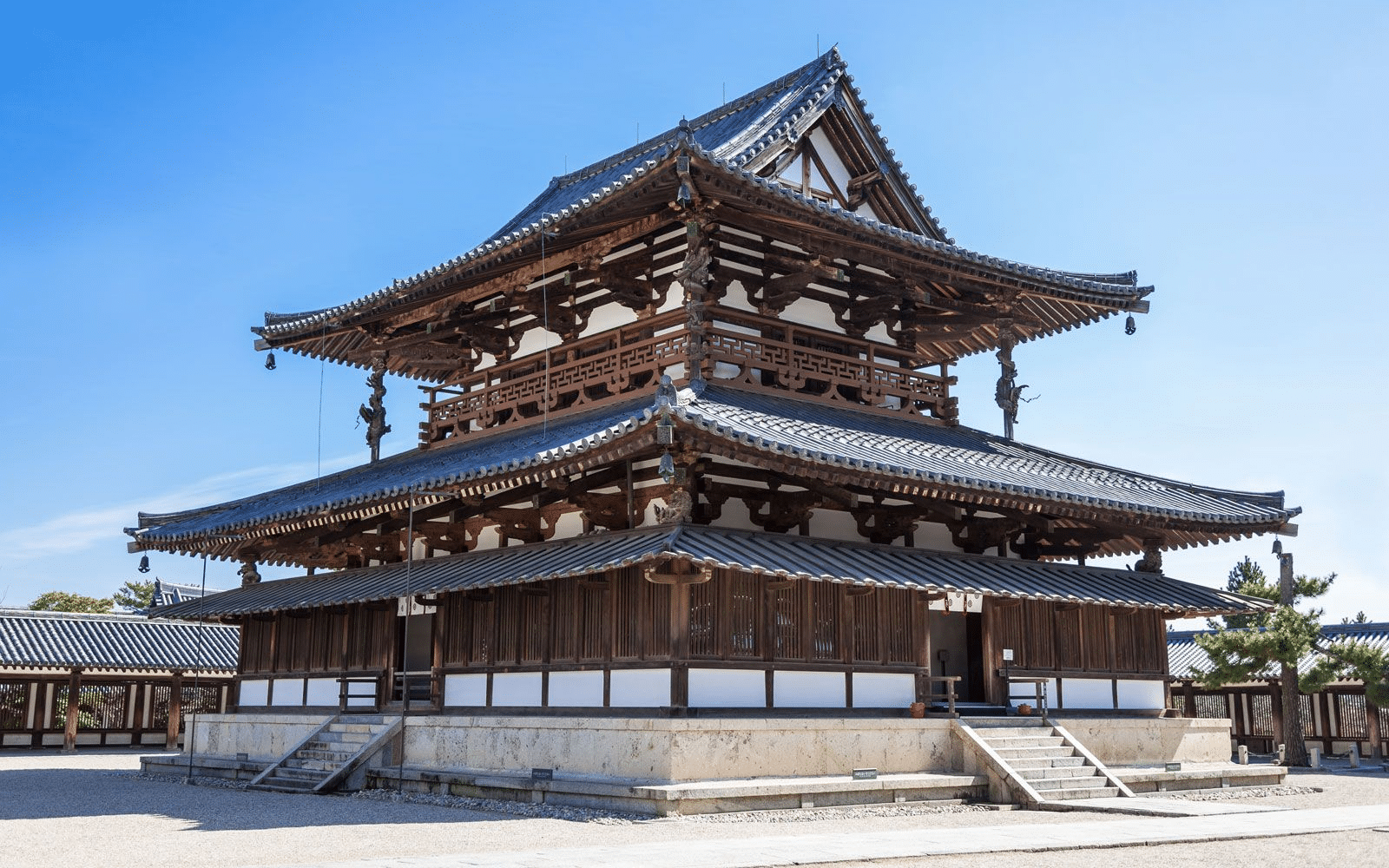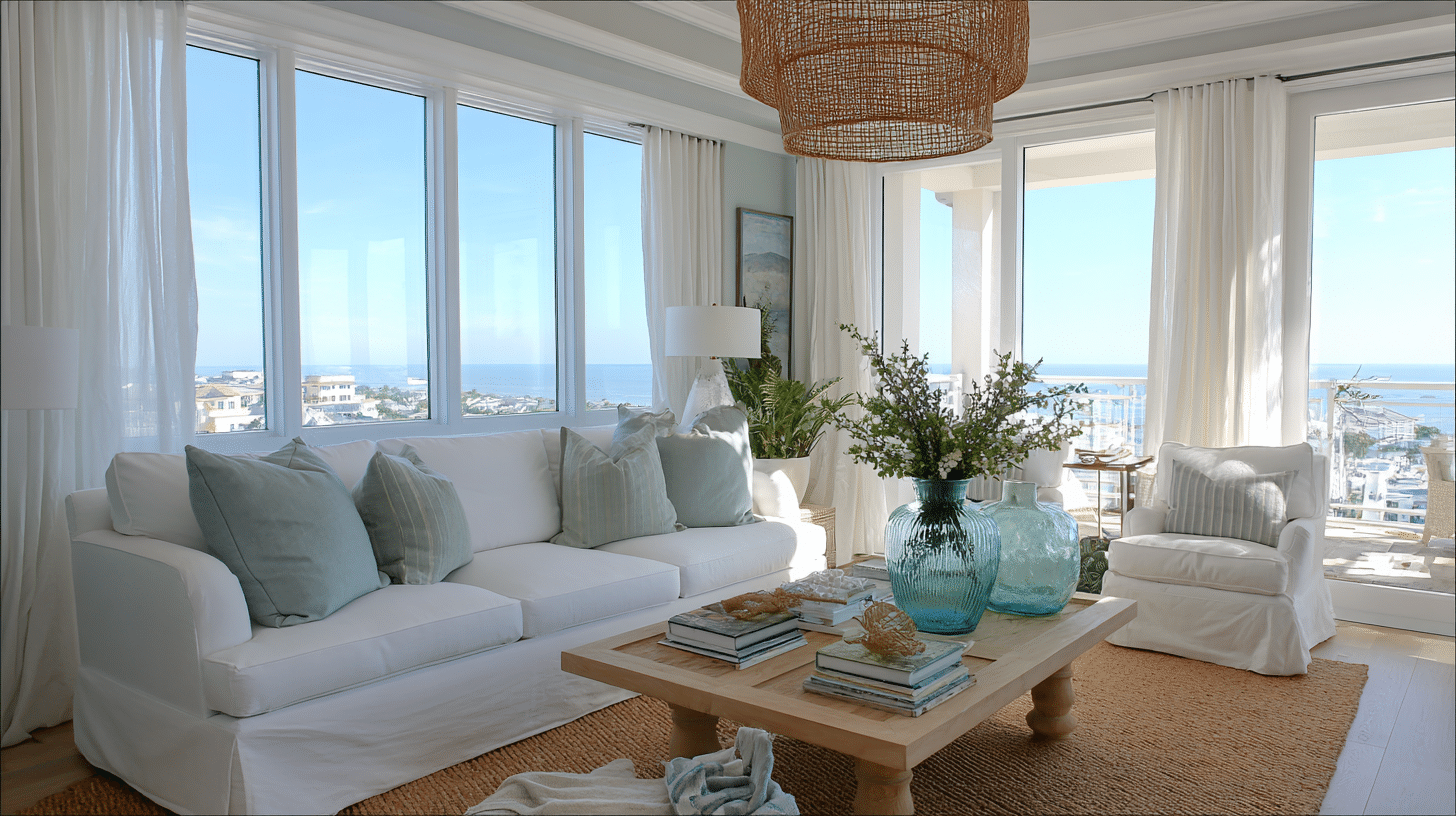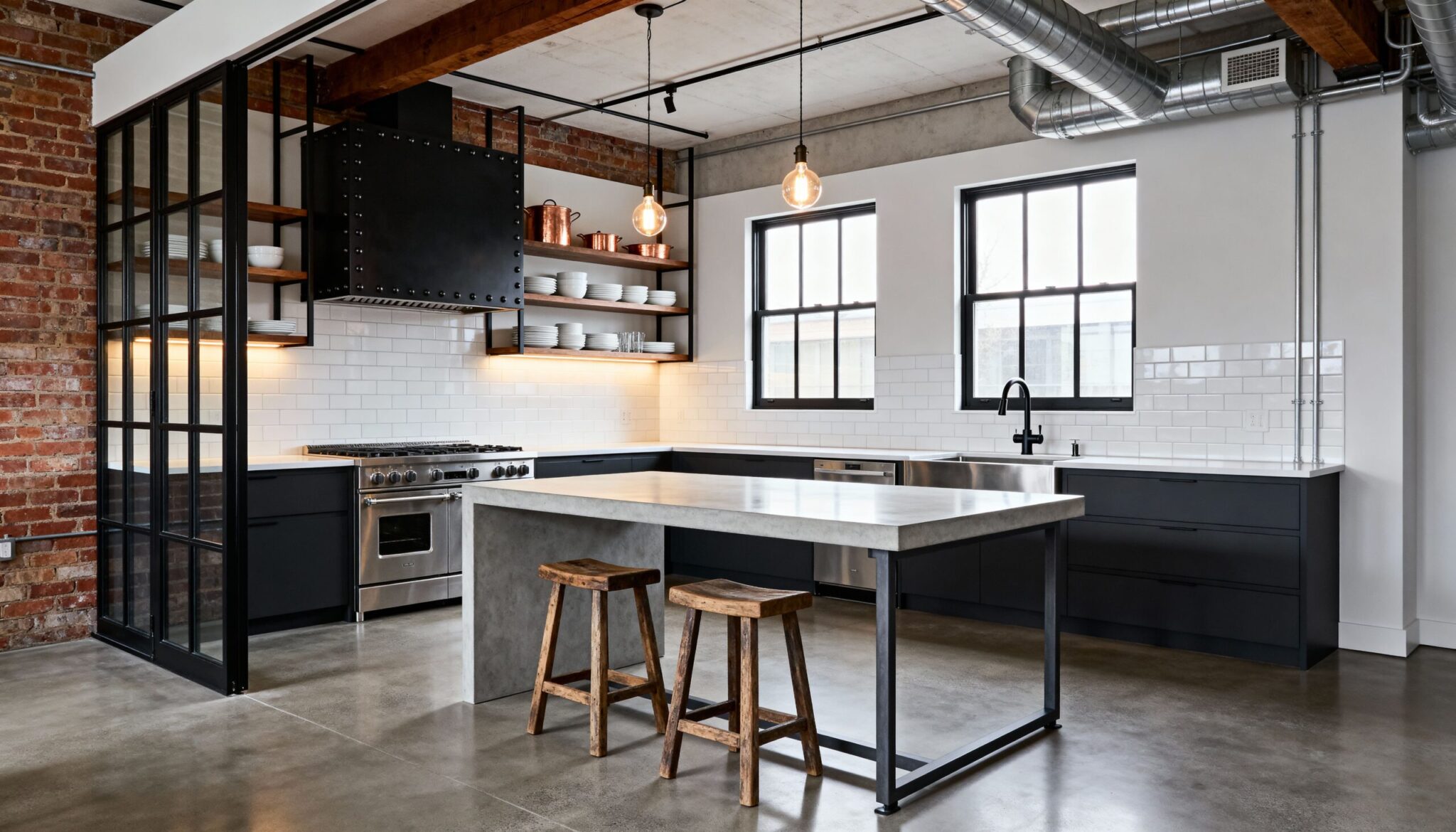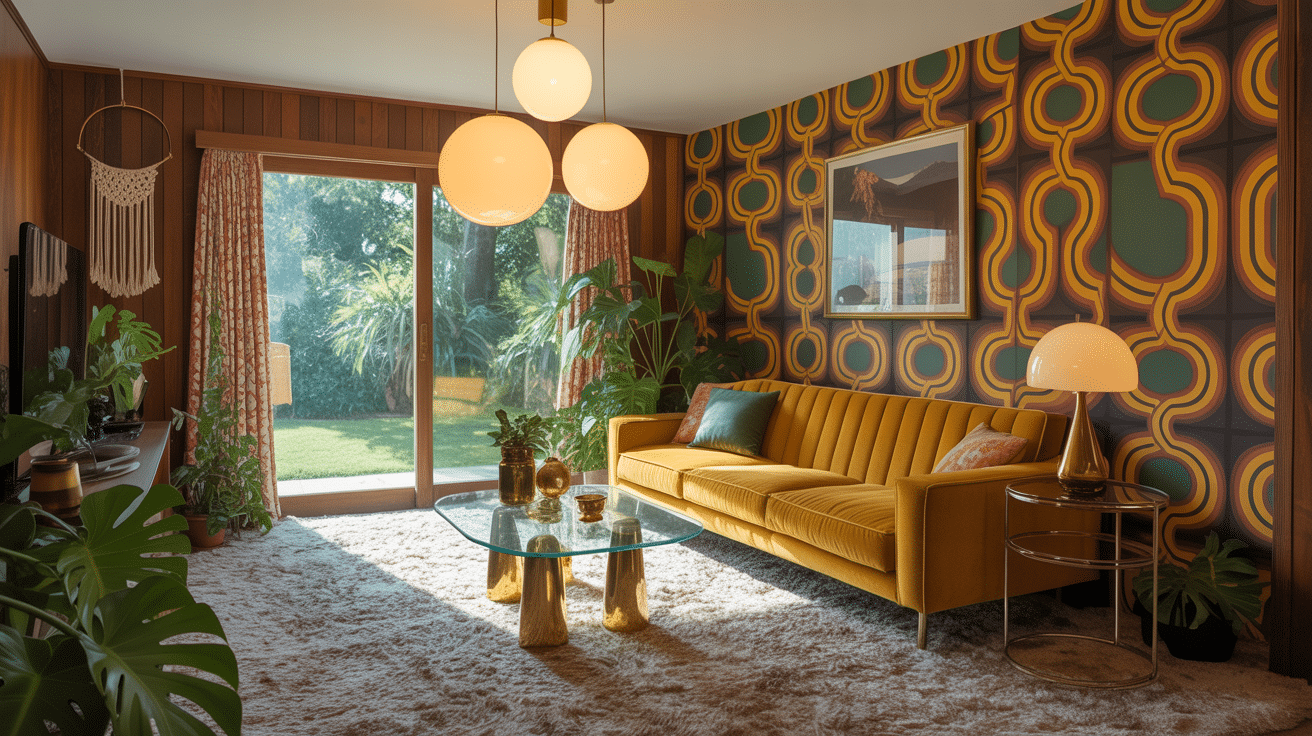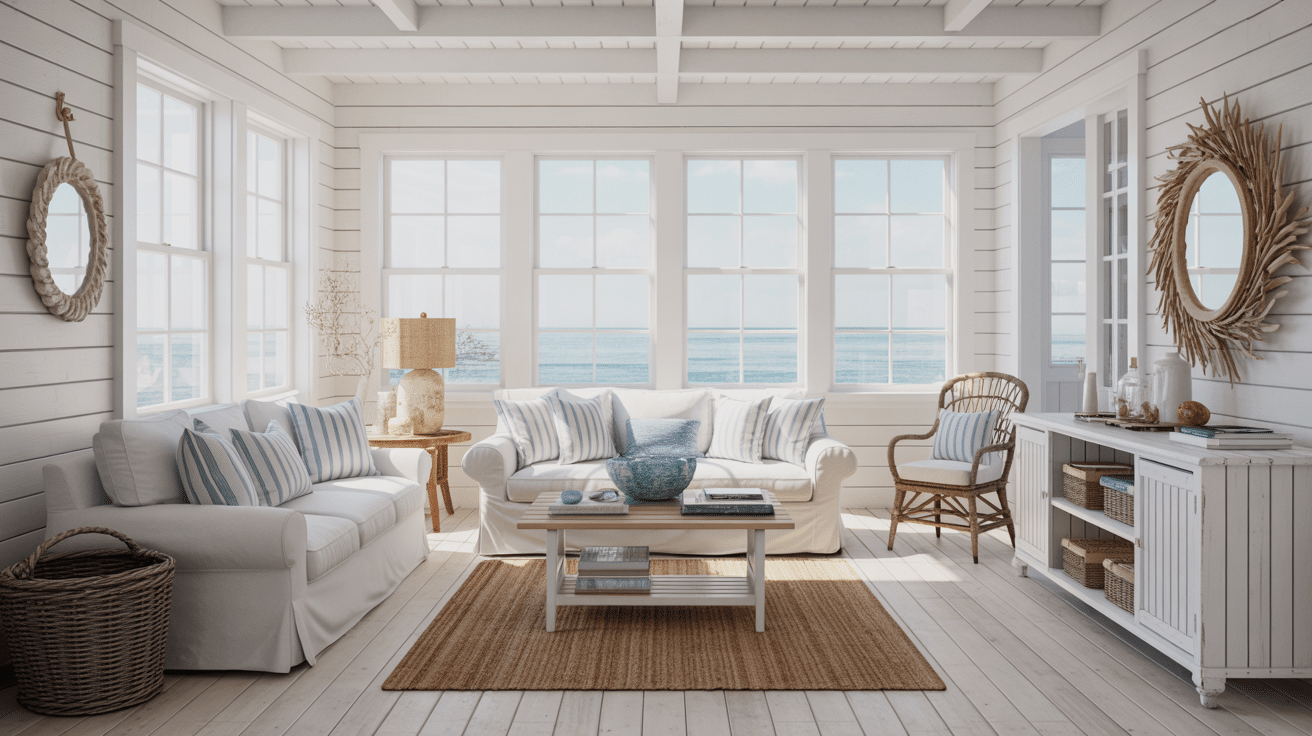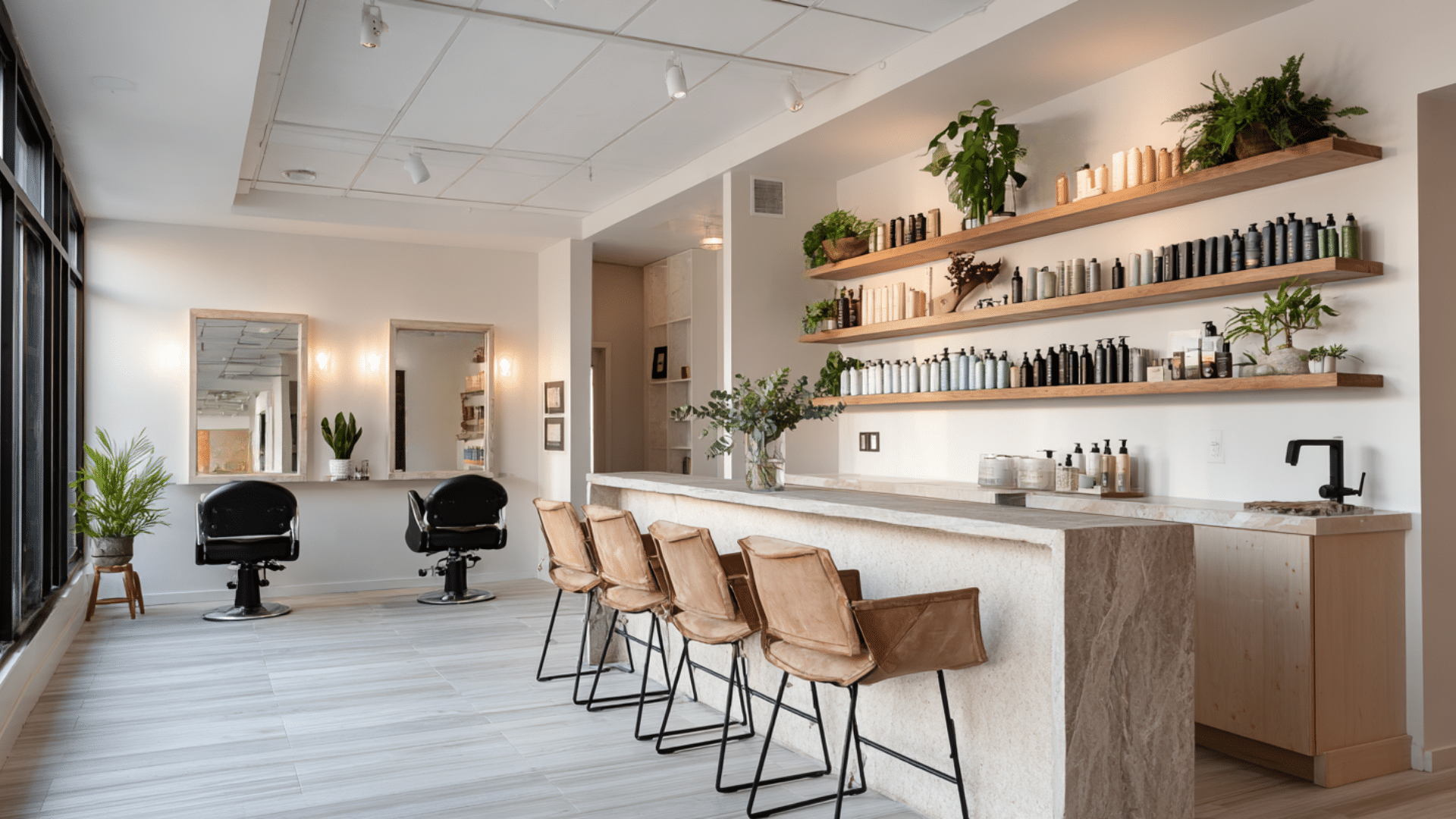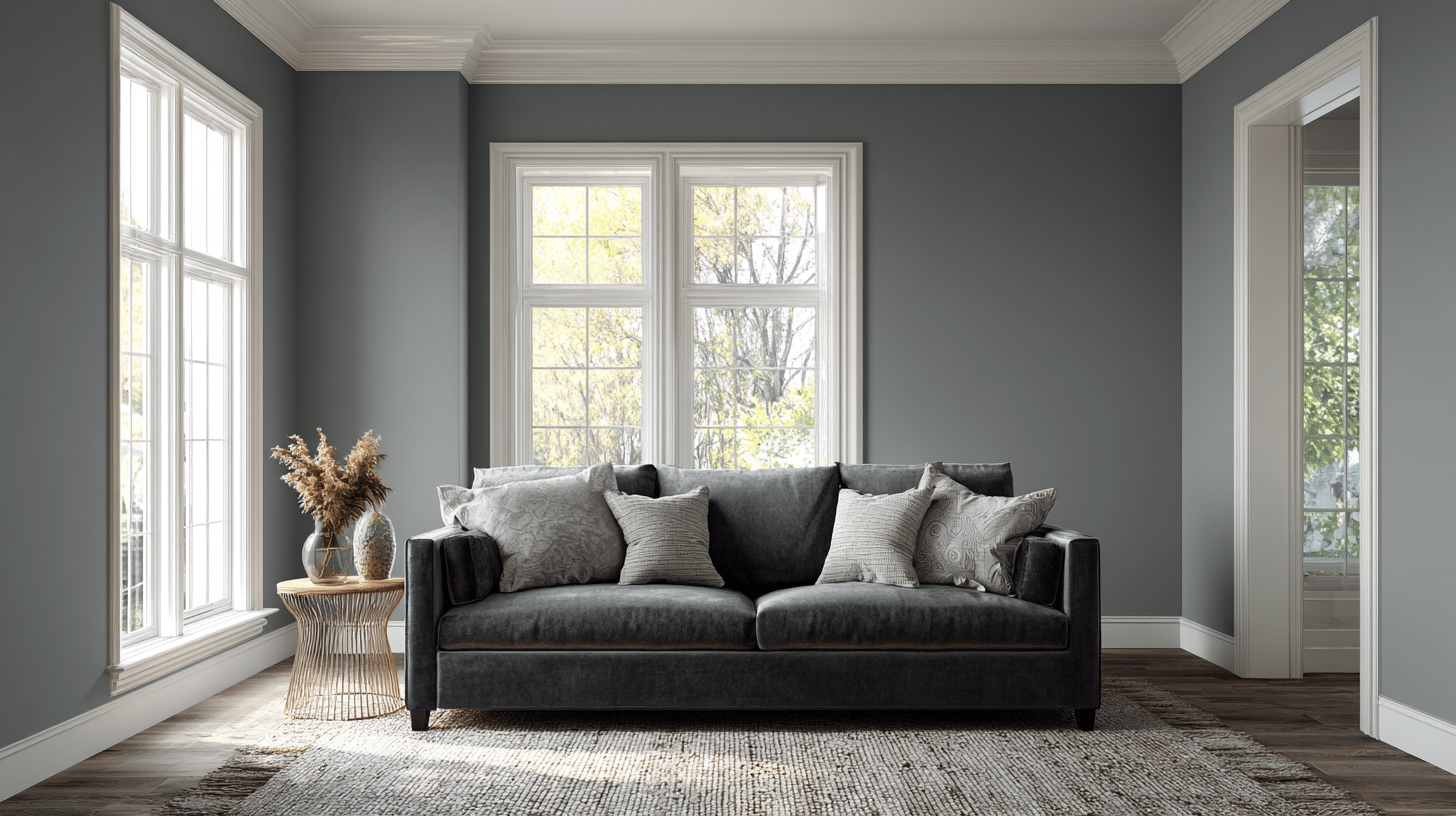Table of Contents
- Why Does Japanese Architecture Feel So Peaceful?
- History of Japanese Architecture
- Characteristic of Japanese Architecture
- Elements of Japanese Traditional Architecture
- Evolution of The Architecture of Japan
- Famous Examples of Japanese Architecture
- The Culture’s Relationship with Nature
- Conclusion
Have you ever stared at a Japanese building and wondered if it was built by wizards?
The answer lies in centuries of tradition, climate needs, and cultural values. Japanese architecture tells stories through the use of wood, paper, and the manipulation of space.
But one doesn’t need a degree to understand it. This one-stop lesson breaks down the key elements that make Japanese buildings special. From ancient temples to modern homes, you’ll learn what makes each style unique.
Ready to see this architecture through new eyes? Let’s start.
Why Does Japanese Architecture Feel So Peaceful?
Japanese architecture feels peaceful because it keeps things simple.
Clean lines and empty spaces let your mind rest. Natural materials like wood and paper connect you to nature. Big windows frame garden views like living paintings have inspired every Japanese-style home today. Every detail has a purpose – nothing extra.
The soft light through paper walls creates calm. These spaces remove noise and clutter. They give your thoughts room to breathe.
That’s why you feel peace the moment you step inside.
History of Japanese Architecture
Japanese building styles have roots that go back over 1,000 years. Each era brought new ideas and techniques. However, the core principles remained the same: harmony with nature and simple beauty.
Ancient Beginnings (300-710 AD)
The first Japanese buildings were simple wooden structures. They copied Chinese styles but added local touches. Raised floors kept homes dry during the monsoon season.
Classical Period (710-1185 AD)
Buddhism arrived and changed everything. Temples became more complex. Builders learned to create larger spaces without walls. The famous pagoda design emerged during this time.
Samurai culture influenced design. Buildings became more practical and defensive. Tea houses appeared, celebrating simplicity. This period gave rise to the “less is more” philosophy.
Peace brought prosperity and new building styles. Towns grew rapidly. Wooden townhouses called “machiya” lined busy streets. Gardens became an art form.
Characteristic of Japanese Architecture
Japanese buildings share certain features that make them instantly recognizable. These elements work together to create spaces that feel calm and connected to nature.
- Natural materials: Wood, bamboo, paper, and stone dominate construction
- Flexible spaces: Sliding doors allow rooms to change size and function
- Raised floors: Buildings sit above ground level for ventilation and protection
- Large roof overhangs: Extended roofs protect from rain and sun
- Indoor-outdoor connection: Gardens and courtyards blend with living spaces
- Minimal decoration: Clean lines and empty spaces create peaceful environments
- Modular design: Standard measurements allow easy expansion and repair
- Natural lighting: Paper screens filter sunlight softly throughout rooms
Elements of Japanese Traditional Architecture
Japanese traditional architecture features wooden structures, sliding doors, curved roofs, raised floors, and harmony with nature.
1. Wood
Wood is the dominant material in Japanese architecture, chosen for its flexibility in earthquakes, resistance to humidity, and harmony with the climate.
Instead of nails, builders often used tokyō (interlocking wooden joinery), treating wood with respect by leaving it unpainted to showcase its natural beauty.
2. Roofs
Japanese roofs are iconic, with curved, elongated designs that let in more sunlight and protect against heavy rain and snow. They come in styles such as kirizuma (gabled), yosemune (hipped), irimoya (hip-and-gable), and hogyo (pyramidal).
Wide eaves and decorative kawara tiles add both practicality and symbolic meaning.
3. Shoji and Fusuma
Traditional homes feature shoji (translucent paper screens) and fusuma (opaque sliding doors).
Shoji allow soft light into rooms and can act as doors, windows, or partitions, while fusuma are used mainly for dividing interior spaces. Together, they make rooms flexible and adaptable.
4. Tatami
Tatami mats, made of rice straw and rush grass, cover floors in traditional rooms. Their size sets the proportions of rooms, and they provide comfort underfoot.
Removing shoes before walking on tatami reflects cleanliness and respect for the space.
5. Engawa
The engawa is a wooden veranda or corridor along the edge of a house.
It connects indoor life with the surrounding garden, acting as a threshold where one can sit, relax, and appreciate nature without stepping fully outside.
6. Genkan
A genkan is a sunken entryway where shoes are removed before entering the main part of the house.
Found in homes, schools, and even businesses, it prevents dirt from entering and reflects the cultural value of cleanliness and order.
Evolution of The Architecture of Japan
Japanese building design never stops changing. Modern times brought new materials and global influences. Yet traditional principles still guide today’s builders and designers.
Meiji Restoration (1868-1912)
Western ideas flooded Japan. Brick and steel replaced wood in many buildings. Train stations and government offices copied European styles. But homes stayed traditionally Japanese.
Post-War Reconstruction (1945-1970s)
Rebuilding after World War II required speed and efficiency. Concrete apartment blocks rose quickly. Traditional craftsmanship seemed less important. Function beats beauty in most cases.
Modern Revival (1980s-Present)
Younger generations rediscovered old ways. Contemporary buildings now blend ancient principles with modern technology, allowing glass and steel to bring a distinctly Japanese feel.
Famous Examples of Japanese Architecture
Some buildings become legends. These Japanese structures show different periods and styles in action. From ancient temples to modern towers, each tells a unique story.
Let’s look at buildings that changed how the world sees Japan.
Kinkaku-ji (Golden Pavilion)
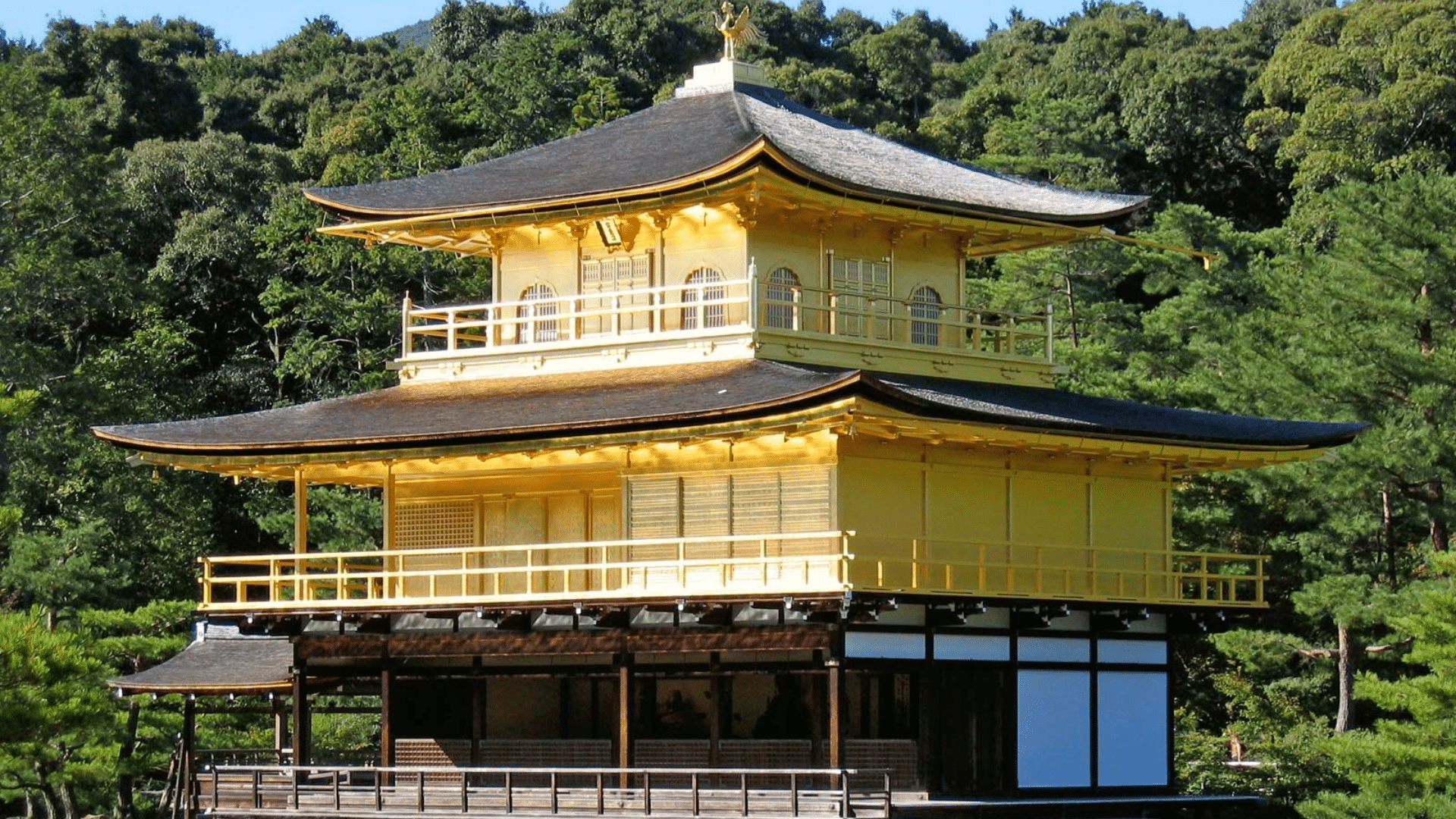
Picture Credit: Britannica
This golden temple in Kyoto shows off classical Japanese style. Built in 1397, it sits perfectly beside a reflecting pond. The building demonstrates how structures can complement natural settings.
Itsukushima Shrine
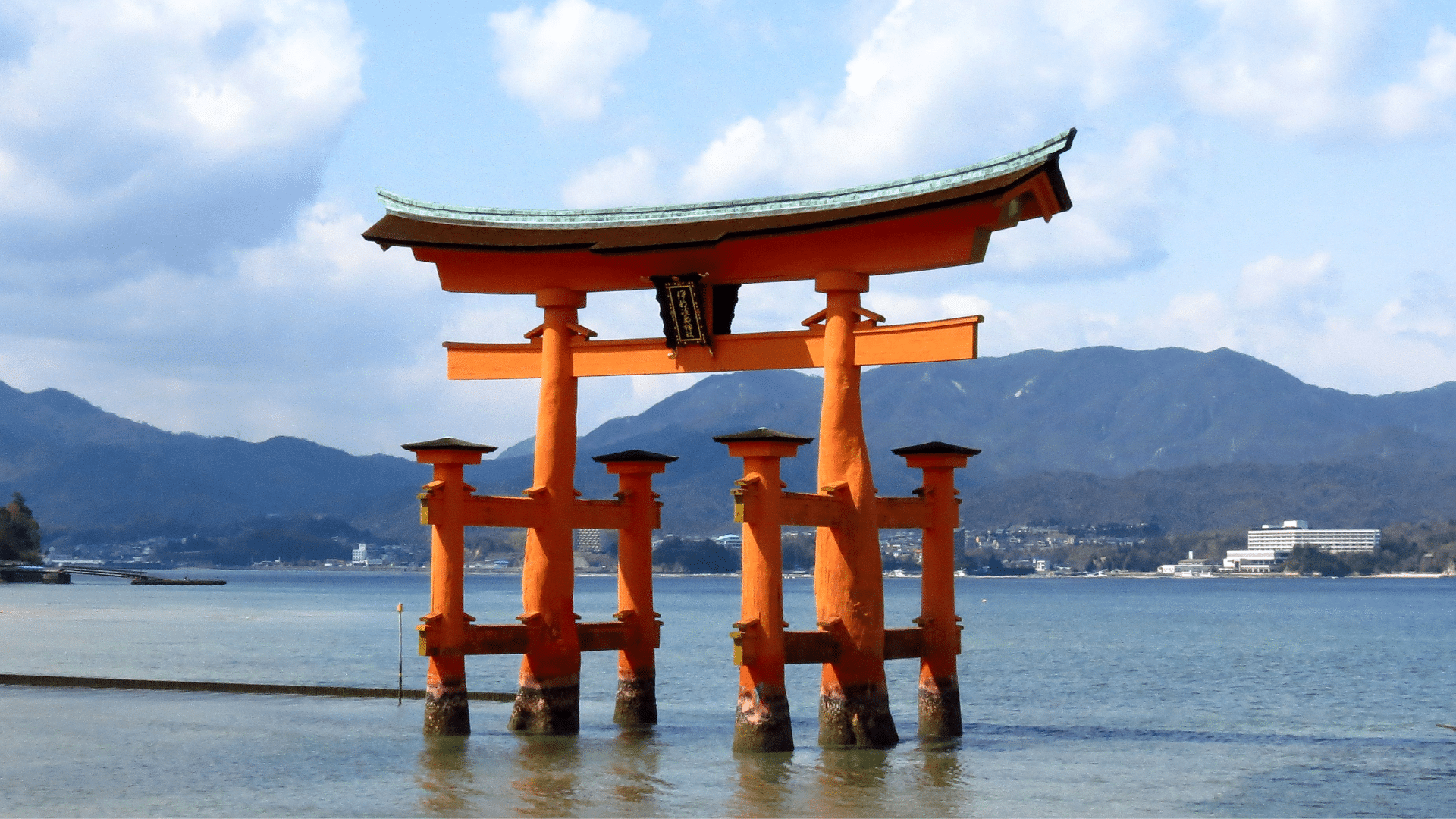
Picture Credit: Wikipedia
The floating torii gate becomes an island at high tide. Located in Hiroshima Bay, this shrine proves that location matters as much as design. Red pillars contrast beautifully with blue water.
Tokyo Skytree
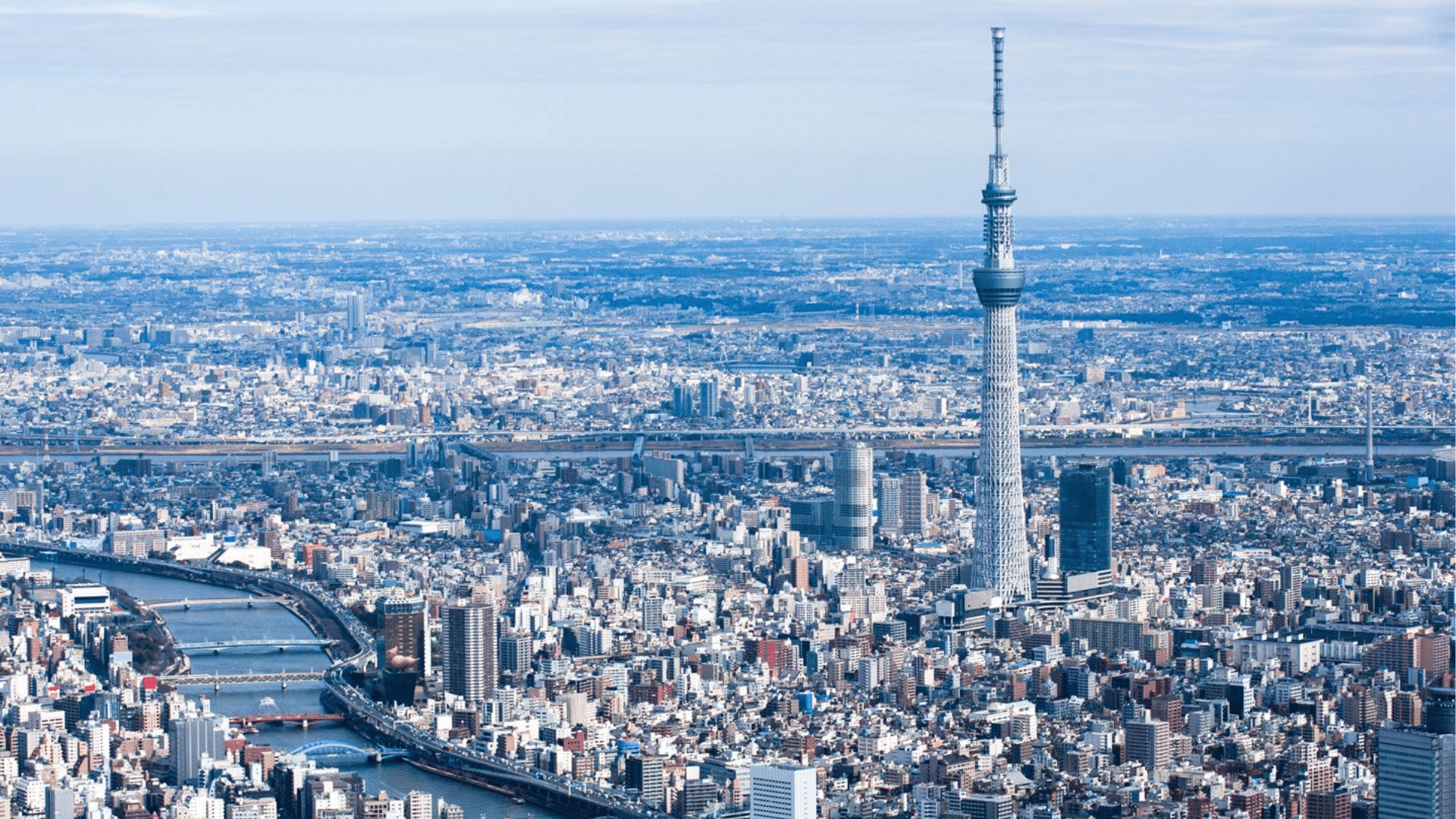
Picture Credit: Britannica
Modern Japan soars to new heights with this 634-meter tower. Traditional proportions influence its shape. Even futuristic buildings can honor ancient principles.
Tadao Ando’s Concrete Buildings
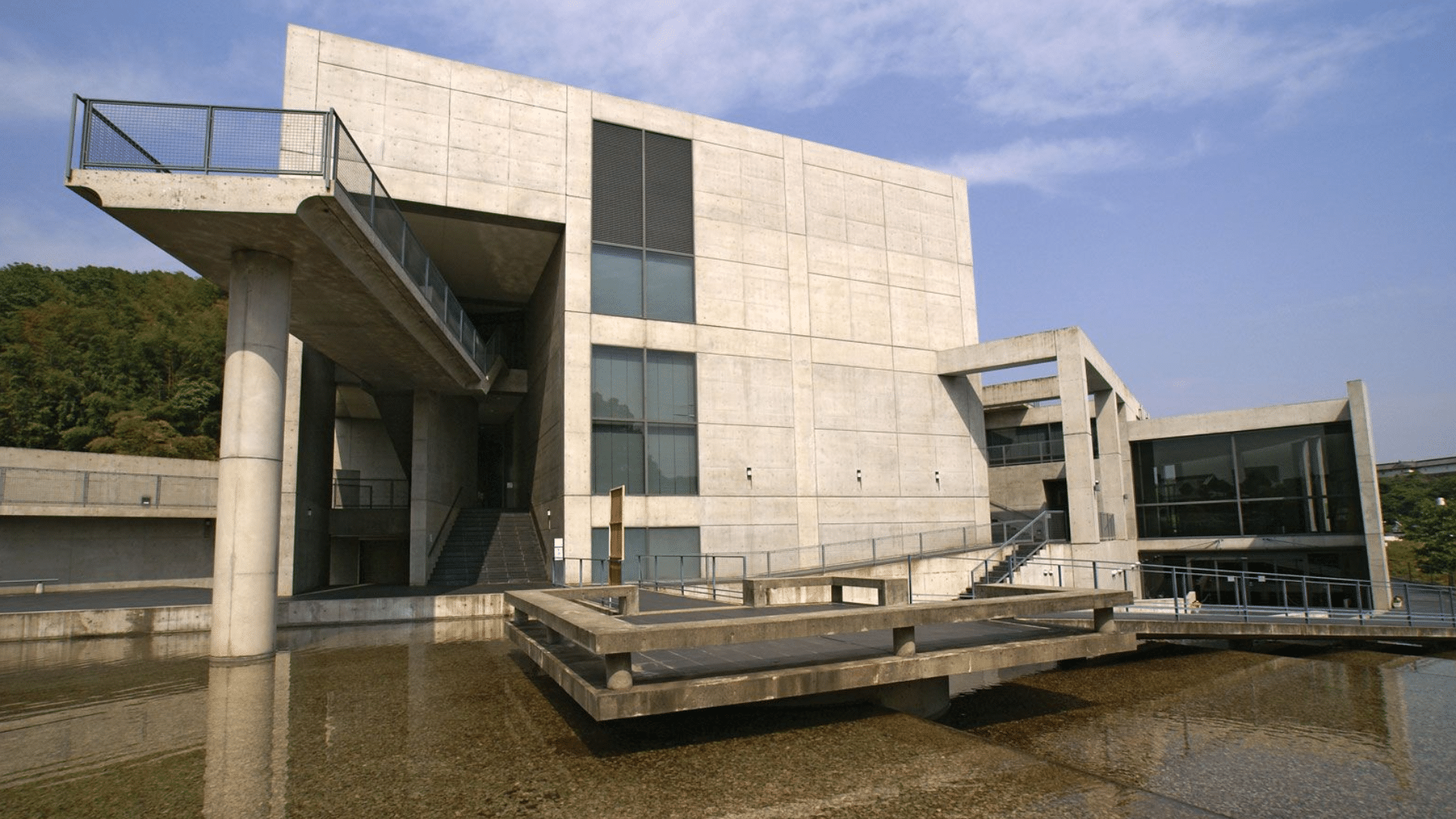
Picture Credit: Britannica
This famous designer creates modern temples using only concrete and light. His Church of Light in Osaka demonstrates how simple materials can be used to create powerful spaces.
The Culture’s Relationship with Nature
The culture’s relationship with nature is deeply contradictory. Japanese culture and architecture claim to love nature while spending most of our lives indoors, disconnected from natural rhythms.
They romanticize wilderness in the media while destroying ecosystems for development.
Modern society treats nature as weekend entertainment rather than recognizing ourselves as part of it. Most people can name exotic animals but not local plants, and worry about climate change, but rarely spend time outside.
This disconnect creates widespread nature deficit disorder – longing for natural connection while living in ways that make it nearly impossible to achieve.
Conclusion
Japanese building design teaches valuable lessons about living well. The focus on natural materials, flexible spaces, and harmony creates environments that feel good.
These principles remain effective today as they were centuries ago.
Modern life moves fast, but Japanese spaces encourage slowing down. A traditional tea house or a contemporary home, the goal stays the same.
Next time you see a Japanese building, look for these key elements. Notice how the design makes you feel. Good architecture doesn’t just shelter, it inspires.

